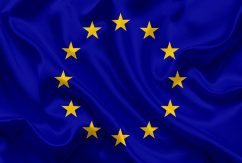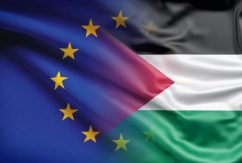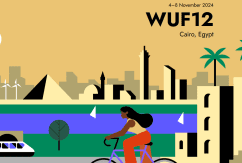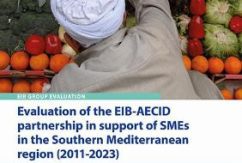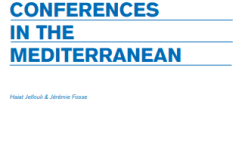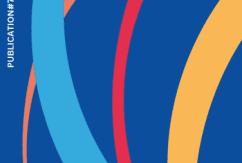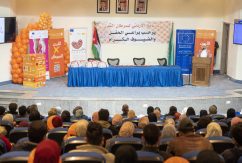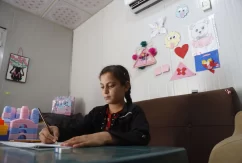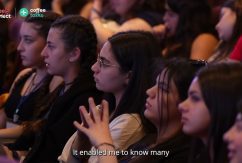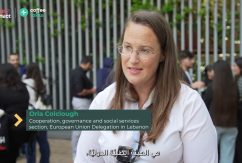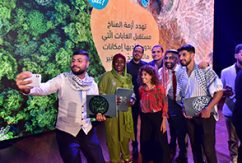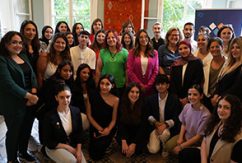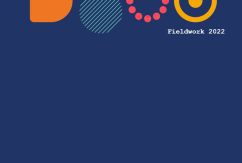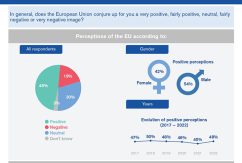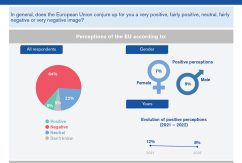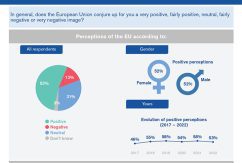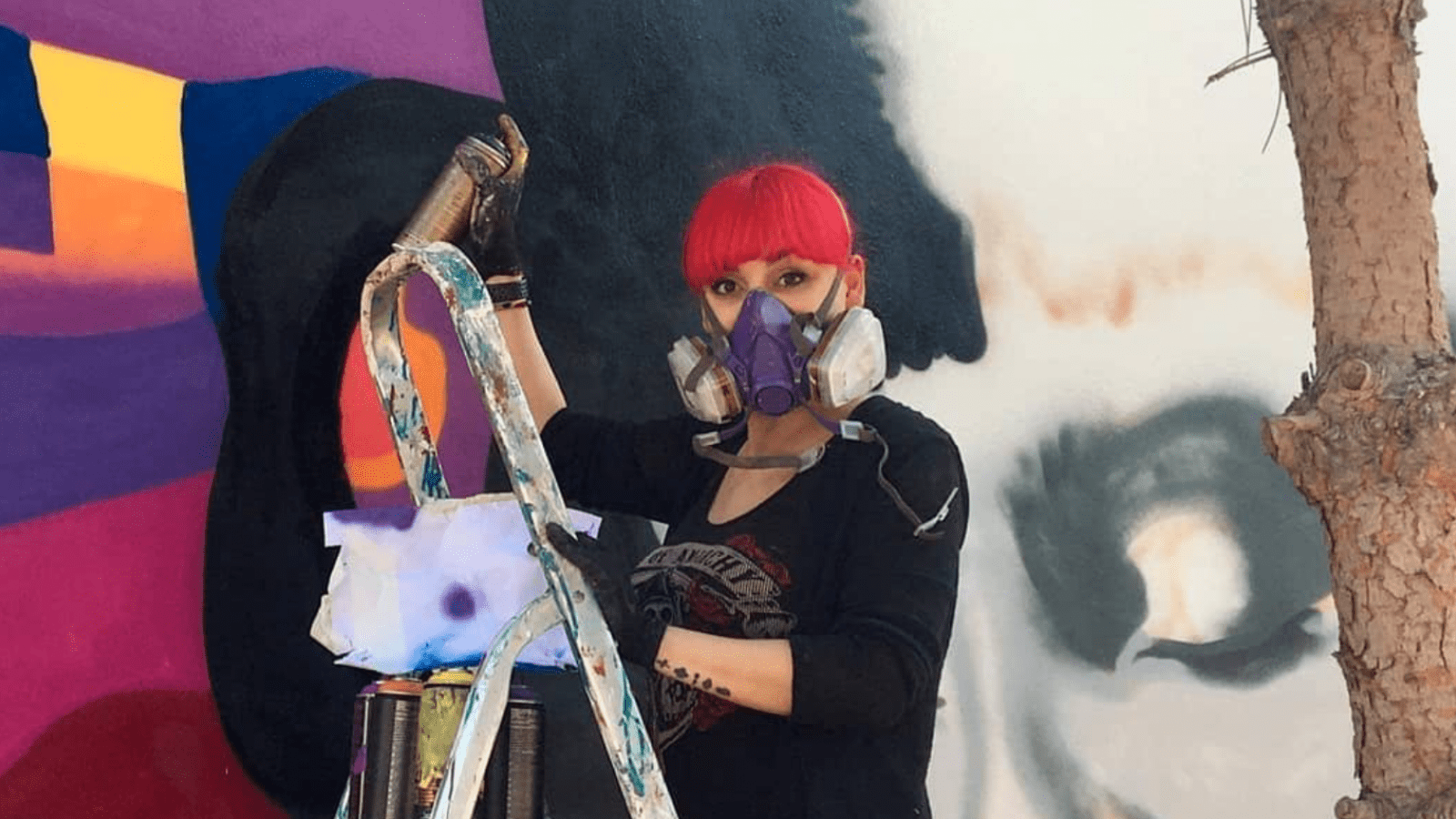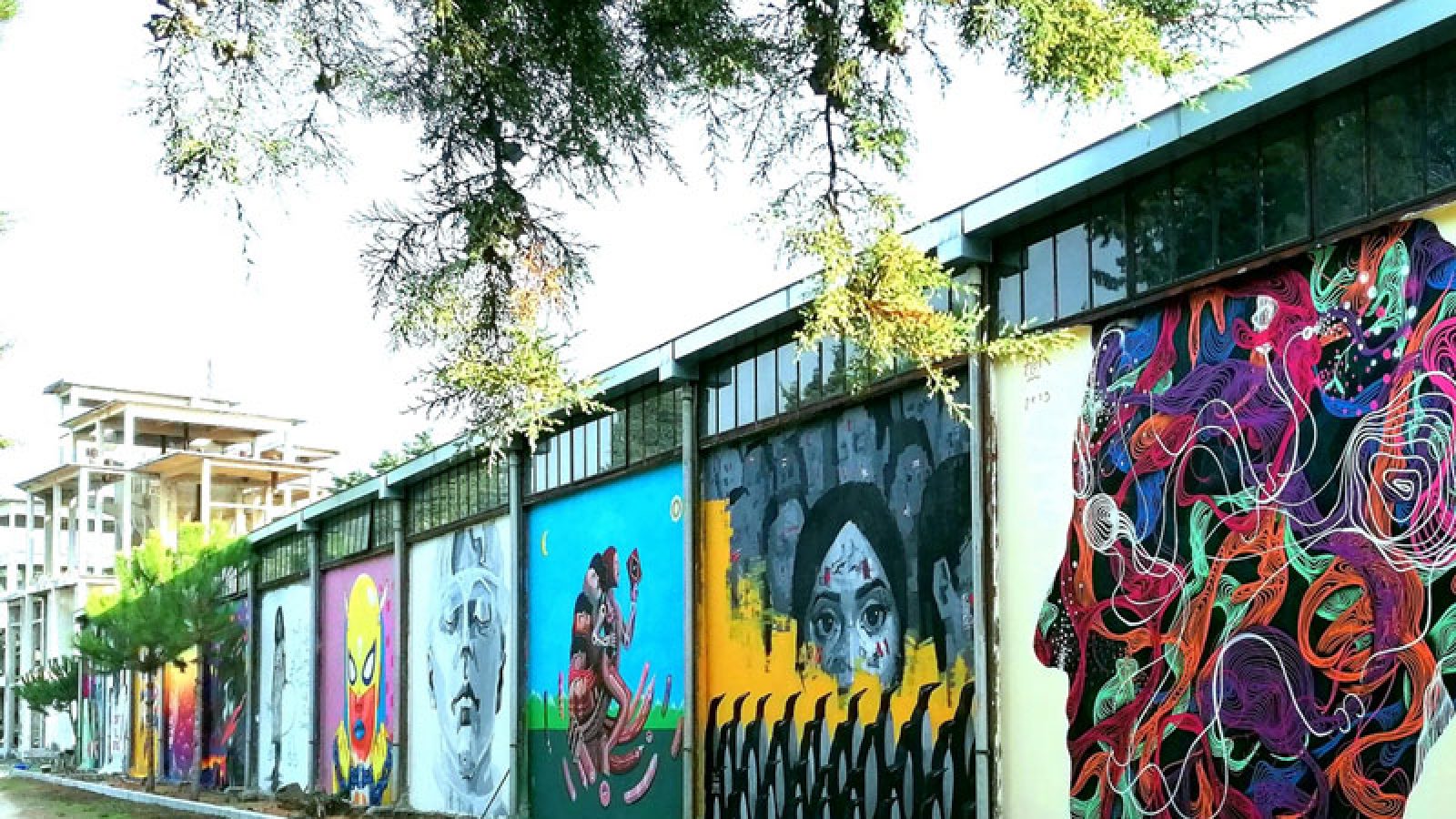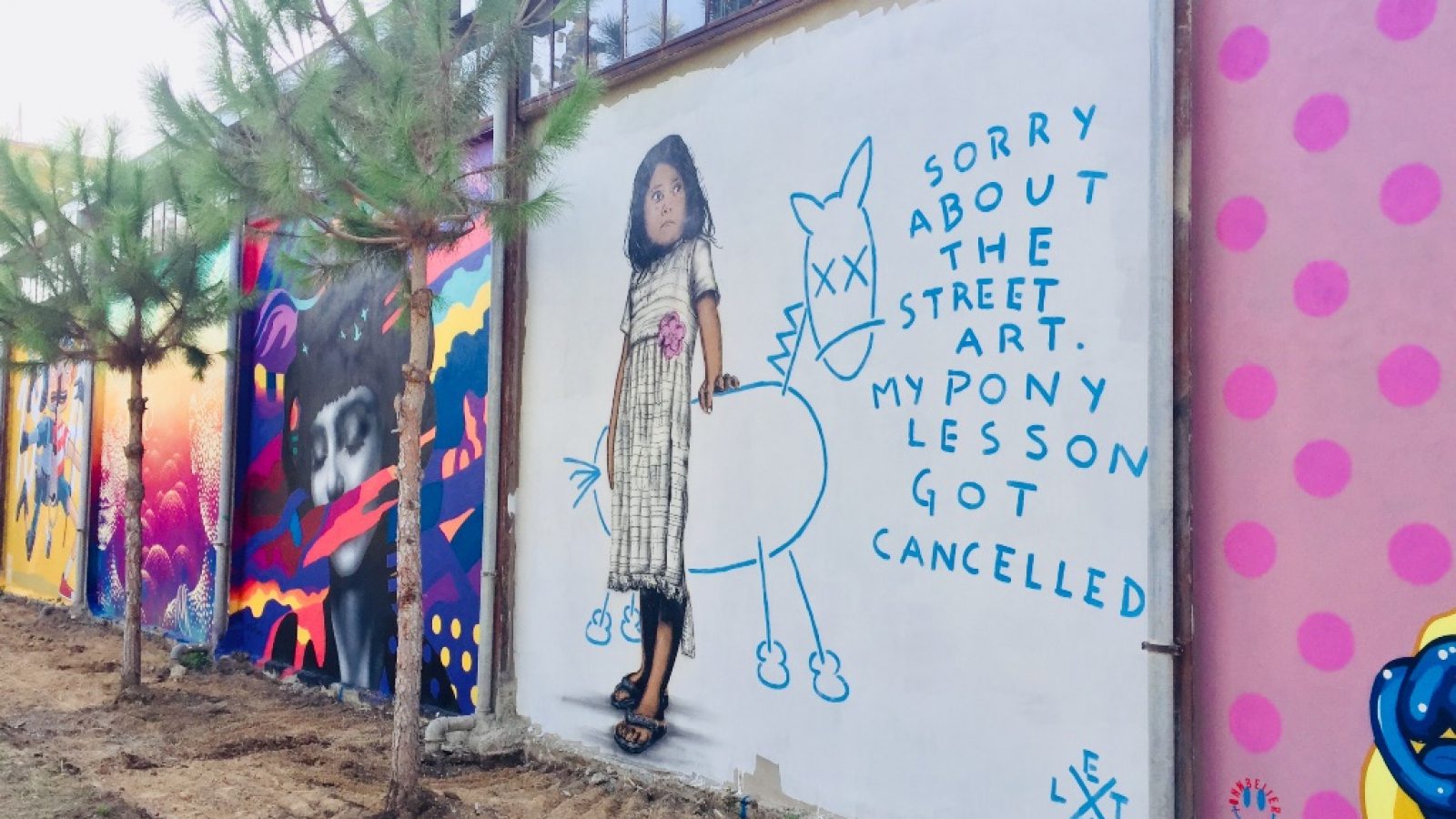Wall of contemplation: Rights, ideas and graffiti
At the initiative of the Delegation of the European Union in Lebanon and in partnership with the MACAM museum of modern and contemporary art, artists from all over the world have adorned the museum walls with graffiti. The Wall of Contemplation came into being in 2019, as the result of free artistic reflection on the Universal Declaration of Human Rights. Almost two years later, this open-air exhibition still bears the stamp of the graffiti artists and asserts the role of culture in raising awareness and defending rights and freedoms.
Around forty kilometres from Beirut, in the hills overlooking Byblos, one of the world’s oldest continuously inhabited settlements, visitors can admire giant murals by twelve street artists who took part in a residency in Lebanon with the aim of exchanging ideas on human rights and transforming their vision into socially-engaged artworks, accessible to the public. Lebanese philanthropist César Nammour, a keen patron of the arts and artists, was key to the development and delivery of the Wall of Contemplation project. Now deceased, the Lebanese historian and publisher always had a strong attachment to cultural causes and devoted his life to promoting free and socially-engaged artistic expression. He shared this vision with all of the artists that contributed to creating the works. Overall, twelve were selected in 2019, following their participation in an international graffiti competition to mark the 70th anniversary of the Universal Declaration of Human Rights. Hailing from Italy, Senegal, Jordan, Iraq, the United Arab Emirates, Germany, Sweden, Estonia, Ukraine, Mexico, and Lebanon, they took part in a residency at MACAM, during which they exchanged ideas on the theme and created murals representing their vision of universal rights. Each piece is based on an article of the Universal Declaration of Human rights and represents a theme such as gender equality, non-discrimination and the fight against racism, freedom of expression and the right to life, freedom and security.
Free, but…
Born in Syria, Dima Saadi currently lives in Dubai. She chose to illustrate article 19 of the Declaration of Human Rights, which states that ‘everyone has the right to freedom of opinion and expression’. She says: “Often, when we talk about freedom of expression, the main focus is politics. But for me, freedom of expression encompasses sexuality, gender and the way we choose to be. ” Firm in her beliefs but plagued by a deep-seated fear, the young artist adds: “As a child, I had never heard my parents talk about politics. It wasn’t until later that I realised this was not because they weren’t interested, but because they were trying to protect us. What hurts most now is that I am still scared of not being able to express myself fully without facing accusations or arrest. Worse still, I am terrified by the thought that my opinions could harm or endanger those I love. I have seen many of my close friends abducted, imprisoned and killed due to a total lack of freedom of expression. Freedom of expression is a daily struggle. ” Passionate about street art, Dima argues there is “no better way to reach out to disadvantaged communities who cannot afford museum tickets or trips to galleries than graffiti. ”
Socially-engaged art
Meanwhile, Senegalese artist Djibril Drame chose to illustrate article 7 of the Universal Declaration of Human Rights, which states ‘All are equal before the law and are entitled without any discrimination to equal protection of the law’. He says: “For me, the most important struggle is the struggle for the respect of human rights’. Alongside the project and also at MACAM, another artist created a graffiti tribute to Lebanese diplomat and philosopher Charles Malek, who played an important role in drafting the Universal Declaration of Human Rights, in particular the article on freedom of religion. Each of the artists, from different countries and backgrounds, used their talent to express their commitment. A commitment shared by the European Union, which supports human rights and freedom of expression, particularly through the arts and the promotion of culture.
Created in 2019, the Wall of Contemplation stands to this day as a valuable affirmation of the role of artists in the fight for rights and freedoms. Graffiti, paintings, songs, films – the art takes many forms, but it has one message: All human beings are born free and equal in dignity and rights. They are endowed with reason and conscience and should act towards one another in a spirit of brotherhood. (Article 1 of the Universal Declaration of Human Rights)
Celebrating Europe’s cultural heritage and diversity The EU works to preserve Europe’s shared cultural heritage and to support and promote the arts and creative industries in Europe. Specific initiatives, like the European Year of Cultural Heritage, are dedicated to make this vibrant and diverse culture accessible to everyone. There are cultural components in many EU policies, including education, research, social policy, regional development and external relations. The creation and promotion of culture in today’s interactive and globalised world also goes hand-in-hand with media and digital technologies. The EU promotes policy collaboration on culture among national governments and with international organisations.

